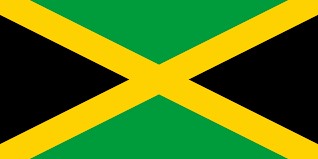Jamaica Office

Jamaica is the largest island in the English-speaking Caribbean, and the most populated with 2.93 million people. Like its neighbors, Jamaica is vulnerable to natural disasters – such as hurricanes and flooding – and the effects of climate change. It is an upper middle-income economy that is nevertheless struggling due to low growth, high public debt, and exposure to external shocks.
In 2013, Jamaica launched an ambitious reform program to stabilize the economy, reduce debt, and fuel growth, gaining national and international support.
Public debt fell below 100% of GDP in 2018/19 and is expected to decline below 60% by 2025/26, in line with the provisions of the Fiscal Responsibility Law. The rate of unemployment also fell to a historic low of 7.8% in April 2019, which is almost half the rate at the start of the reform program.
The Jamaican economy grew year-on-year 1.5% in 2018, bolstered by private consumption and external demand, as there was some slowdown in investments and government consumption. Growth is expected to accelerate to an average of 2% over the medium-term.
Inequality in Jamaica is lower than in most countries in the Latin America and Caribbean region, but poverty at 17% in 2016 is still significant. Stronger and more resilient economic growth is needed to eliminate poverty and boost shared prosperity. Crime and violence levels remain high, emphasizing the need to address the issues of youth unemployment, education, and social cohesion.
Poverty is expected to decline further with rising per-capita GDP, lower unemployment, and strengthened safety nets.
Need Services in Jamaica?
info@jamaica.dawgen.com
We will be Happy to have you as one of our valued clients.


